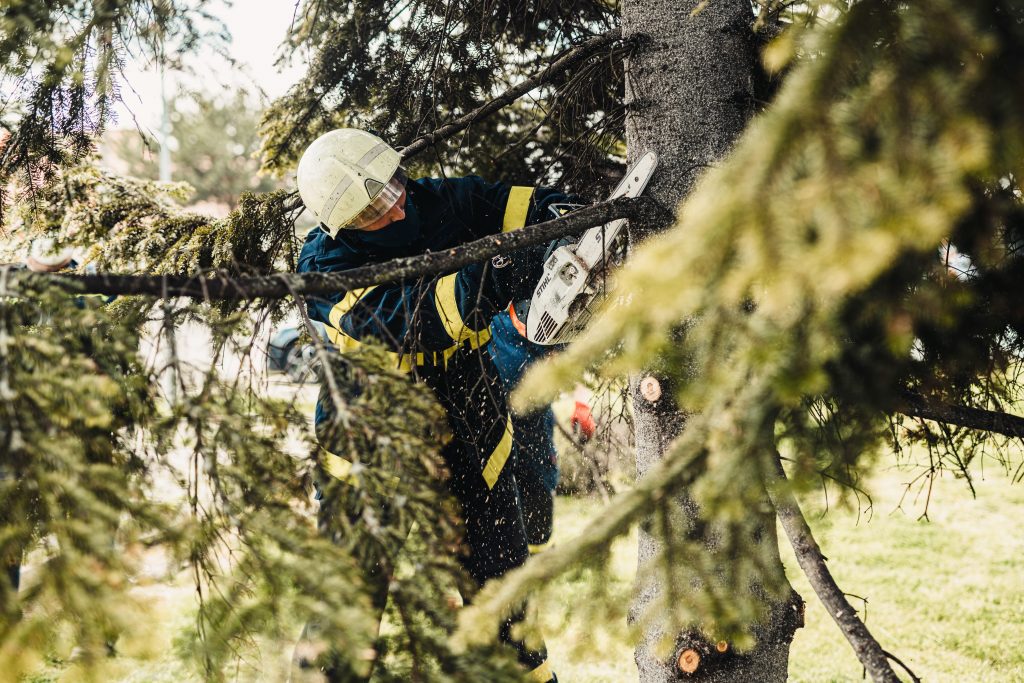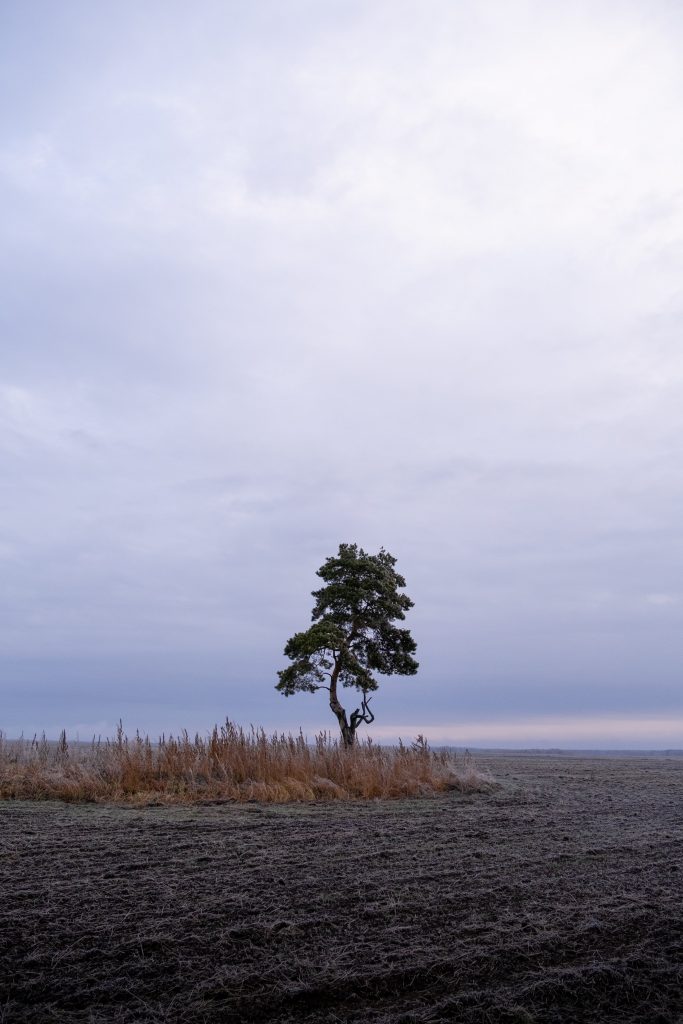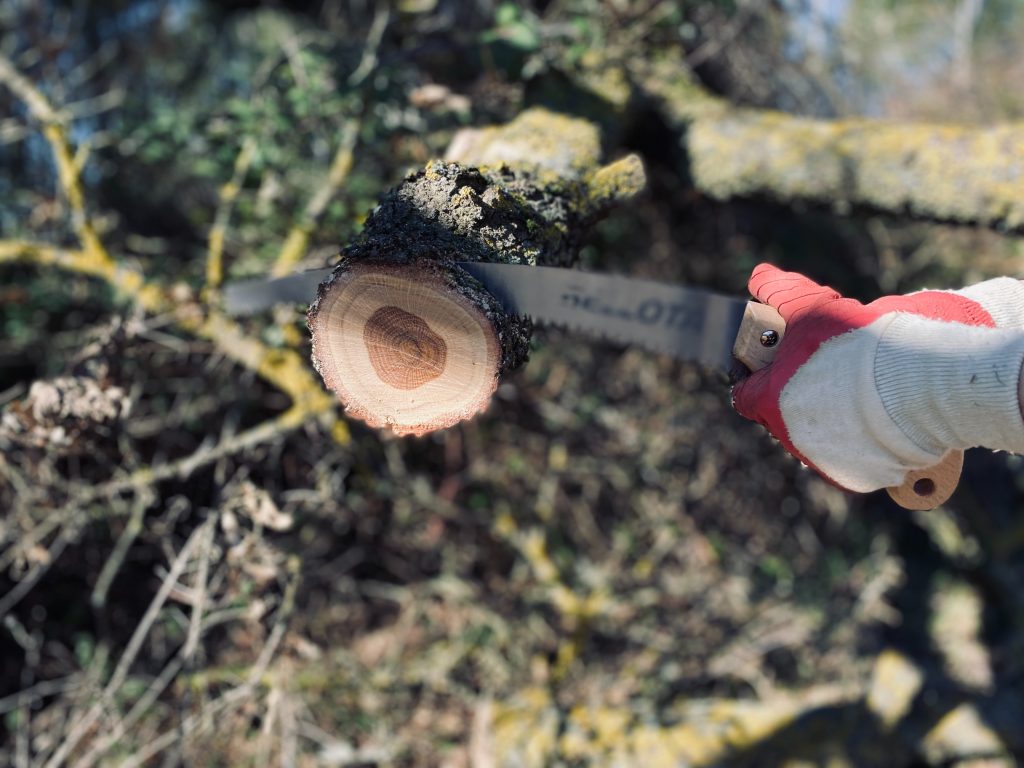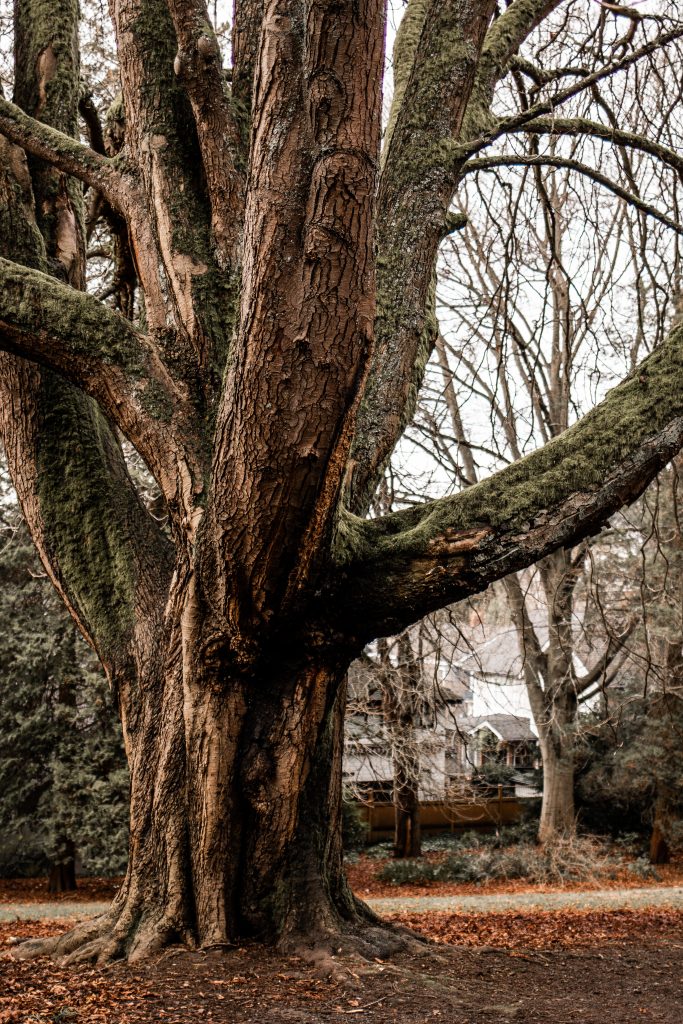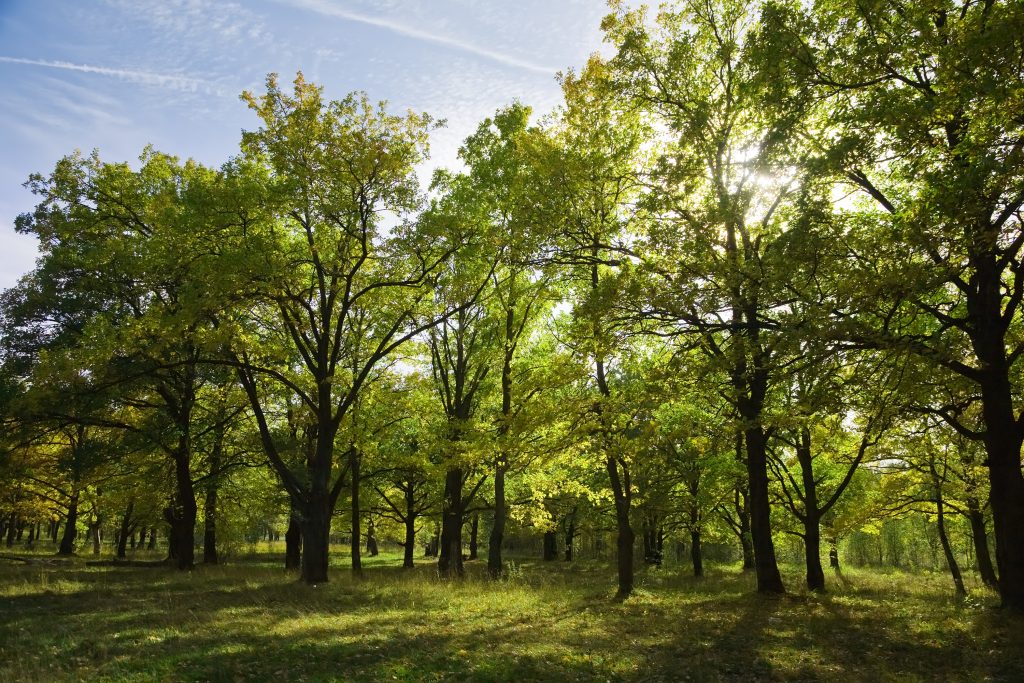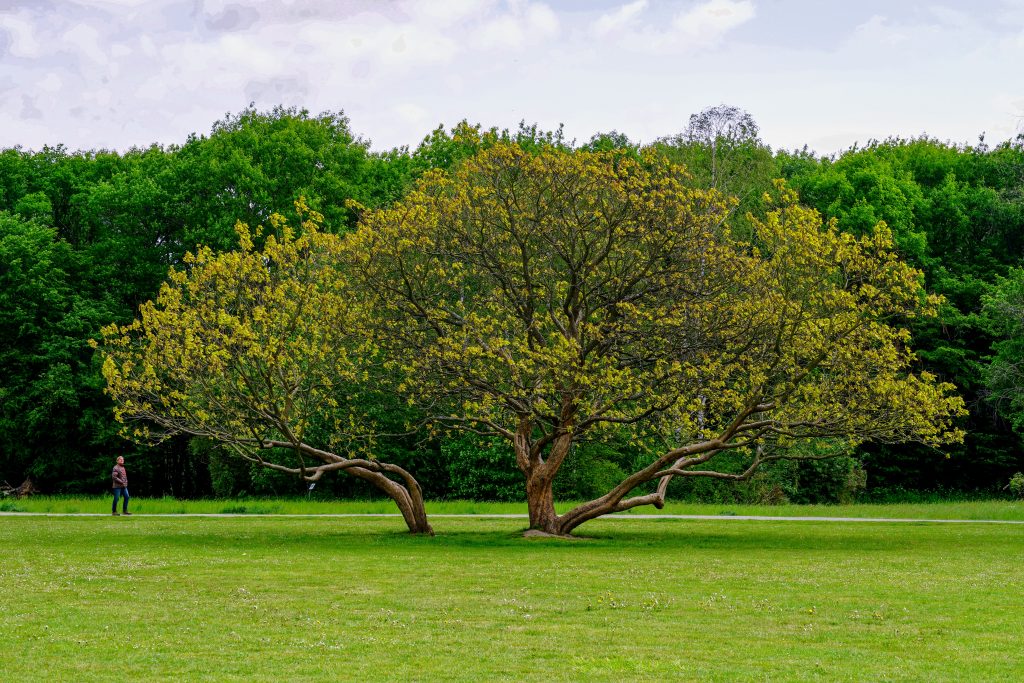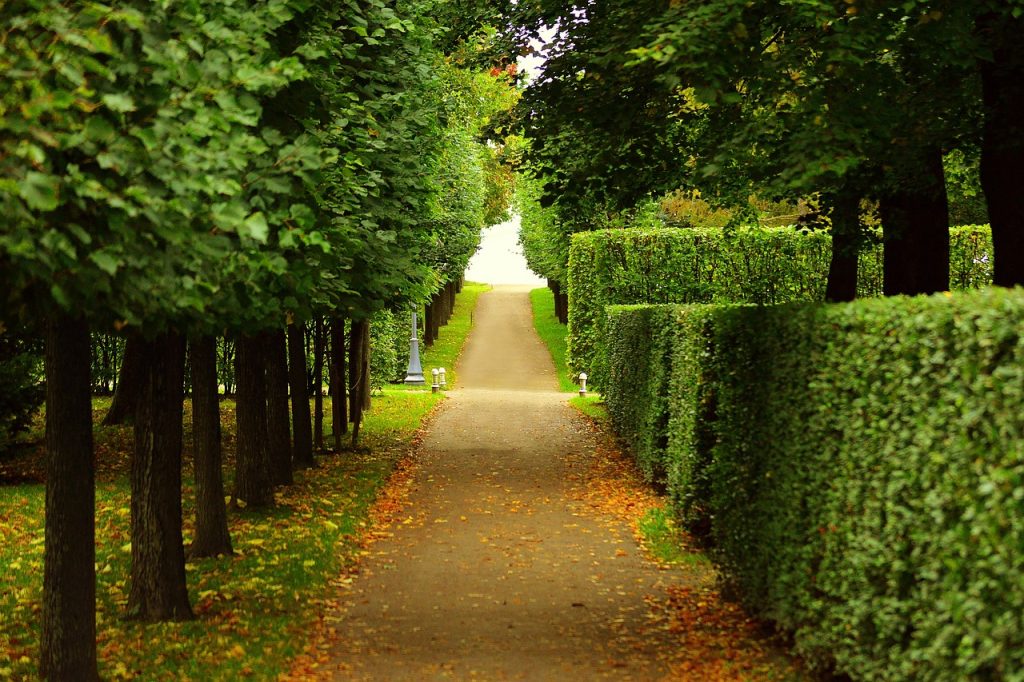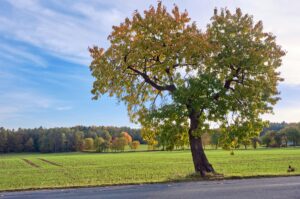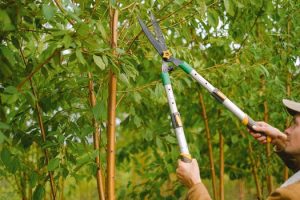THE BENEFITS OF USING TREES FOR PRIVACY SCREENING

Privacy screening with trees is a landscaping technique used to create a natural and aesthetically pleasing barrier that shields a property, outdoor space, or specific area from view, noise, or other disturbances. It involves strategically planting trees to provide privacy, security, and an enhanced sense of seclusion. This approach offers several advantages over traditional privacy measures like fences, walls, or shrubs.
Here are the key components of the concept of privacy screening with trees:
- Strategic Tree Placement: Privacy trees are strategically planted along property lines, borders, or in specific areas where privacy is desired. The selection of tree species, their placement, and spacing are carefully planned to maximize their effectiveness as a privacy barrier.
- Natural Aesthetics: Unlike man-made barriers, such as fences or walls, privacy trees provide a more natural and visually appealing solution. They enhance the beauty of the landscape, create greenery, and blend seamlessly into the environment.
- Variable Heights: Privacy trees come in various sizes and shapes, allowing homeowners and landscapers to choose the right tree species that will grow to the desired height and density. Some trees are evergreen and offer year-round privacy, while others may provide seasonal screening.
- Noise Reduction: In addition to visual privacy, privacy trees can also act as a noise buffer, reducing the impact of nearby traffic, neighbors, or other sources of noise pollution.
- Eco-Friendly: Privacy screening with trees is environmentally friendly as it contributes to air purification, carbon sequestration, and wildlife habitat creation. Trees absorb carbon dioxide, release oxygen, and provide shelter and food for birds and other wildlife.
- Long-Term Investment: Once established, privacy trees typically require less maintenance compared to man-made privacy barriers like fences or walls. They can grow and provide privacy for many years, making them a long-term investment in the property.
- Customization: Property owners have the flexibility to select from a wide range of tree species that suit their climate, soil conditions, and personal preferences. This allows for customization to match the overall landscaping design.
- Increased Property Value: Well-planned privacy screening with trees can enhance the overall value of a property by improving its visual appeal, creating a more attractive outdoor space, and increasing marketability.
- Psychological Benefits: Being surrounded by nature and greenery has been associated with reduced stress, improved mental well-being, and a stronger connection to the natural world.
In summary, privacy screening with trees offers a harmonious and sustainable way to achieve privacy, security, and an attractive outdoor environment. It combines the practical benefits of seclusion with the ecological advantages of planting trees, making it a popular choice for homeowners and businesses seeking a natural and eco-friendly solution to privacy needs.
Importance of Privacy in Residential and Commercial Settings
Privacy is of great importance in both residential and commercial settings, as it serves various essential functions that contribute to the well-being, security, and functionality of these spaces. Here’s a detailed explanation of the importance of privacy in both contexts:
Residential Settings:
- Personal Space and Comfort: Privacy in homes allows individuals and families to have their own personal space and autonomy. It enables people to relax, unwind, and carry out personal activities without feeling exposed or vulnerable to the outside world.
- Security and Safety: Privacy safeguards the security and safety of residents. It acts as a deterrent against intruders, both physical and visual, reducing the risk of theft, burglary, and unauthorized access.
- Emotional Well-being: Having privacy at home fosters emotional well-being by providing a sense of refuge and tranquility. It allows residents to manage stress, build stronger relationships, and maintain a healthy work-life balance.
- Freedom of Expression: Privacy encourages freedom of expression and creativity. Residents can decorate their homes, engage in hobbies, and express their personalities without judgment or interference.
- Family Life: Families benefit from privacy to nurture their relationships, engage in intimate conversations, and create lasting memories together. It also allows parents to raise their children in a safe and nurturing environment.
- Noise Control: Privacy helps control noise levels within the home, preventing disturbances from neighbors or external sources. This is especially important in densely populated areas.
- Property Value: Homes with well-designed privacy features, such as fences, landscaping, or window treatments, often have higher property values, making it a wise investment for homeowners.
Commercial Settings:
- Confidentiality: In commercial settings, privacy is crucial for protecting sensitive information, trade secrets, and client data. It ensures that confidential business operations remain confidential.
- Productivity: Employees need privacy to focus on their work, free from distractions and interruptions. Individual workspaces and meeting rooms contribute to higher productivity and concentration.
- Client and Employee Comfort: Privacy in commercial spaces ensures a comfortable and inviting environment for clients and employees. It fosters a sense of professionalism and respect for personal boundaries.
- Legal Compliance: Many industries and businesses are legally obligated to maintain privacy, especially when handling personal or medical information. Non-compliance can result in legal consequences.
- Meetings and Collaboration: While private workspaces are important, designated areas for confidential meetings and collaboration are equally essential. These spaces encourage brainstorming and decision-making without fear of eavesdropping.
- Business Image: A commitment to privacy enhances a business’s reputation and image, reassuring clients and partners that their information and transactions are secure.
- Ethical Considerations: Respect for privacy is a fundamental ethical consideration in the workplace. It demonstrates an organization’s commitment to treating employees and clients with dignity and respect.
In both residential and commercial settings, privacy is a fundamental aspect of creating safe, comfortable, and functional spaces. It supports individual well-being, protects sensitive information, and contributes to a harmonious and productive environment for both residents and employees.
Benefits Using Trees for Privacy Screening
Using trees for privacy screening offers numerous benefits in residential and commercial settings. Here are the key advantages:
- Natural Aesthetics: Trees provide a more natural and visually appealing solution compared to man-made barriers like fences or walls. They enhance the beauty of the landscape, add greenery, and create an inviting outdoor environment.
- Enhanced Privacy: Trees create a natural visual barrier that shields properties from neighboring views. They offer a sense of seclusion and privacy, allowing residents or employees to enjoy their spaces without feeling exposed.
- Noise Reduction: In addition to visual privacy, privacy trees can act as a noise buffer, reducing the impact of nearby traffic, neighbors, or other sources of noise pollution. This makes outdoor and indoor spaces quieter and more peaceful.
- Environmental Benefits: Using trees for privacy screening contributes to environmental conservation. Trees absorb carbon dioxide (CO2) from the atmosphere, mitigate climate change, and release oxygen. They also provide habitats for wildlife, supporting biodiversity.
- Energy Efficiency: Strategically placed trees can reduce cooling costs in summer by providing shade to buildings. In winter, they act as windbreaks, reducing heating expenses. This results in energy savings and a more comfortable living or working environment.
- Low Maintenance: Once established, privacy trees typically require less maintenance compared to man-made privacy barriers. They do not need regular painting or repairs, and their upkeep mainly involves pruning and occasional watering.
- Customization: Property owners can choose from a wide range of tree species to fit their specific climate, soil conditions, and aesthetic preferences. This allows for customization to match the overall landscaping design.
- Increased Property Value: A well-designed privacy landscape with trees can enhance property values. Homes and businesses with attractive and well-maintained landscapes are often more marketable and valuable.
- Psychological Benefits: Being surrounded by nature and greenery has been linked to reduced stress, improved mental well-being, and a stronger connection to the natural world. Privacy trees contribute to a healthier and happier living or working environment.
- Long-Term Investment: Privacy trees can grow and provide privacy for many years, making them a long-term investment in the property. Their value appreciates over time as they mature and become more established.
- Eco-Friendly Solution: Choosing trees for privacy screening aligns with sustainable and eco-friendly practices. It reduces the use of materials like wood or concrete for man-made barriers and promotes a greener and more environmentally responsible approach.
In summary, using trees for privacy screening offers a harmonious and sustainable way to achieve privacy, security, and an attractive outdoor environment. It combines the practical benefits of seclusion with the ecological advantages of planting trees, making it a popular and eco-conscious choice for homeowners and businesses.
If you need a tree service in Utah, you can call:
Truco Services, Inc.
4640 Commerce Drive
Murray, Utah 84107
(801) 466-8044
https://truetreeservices.com/
